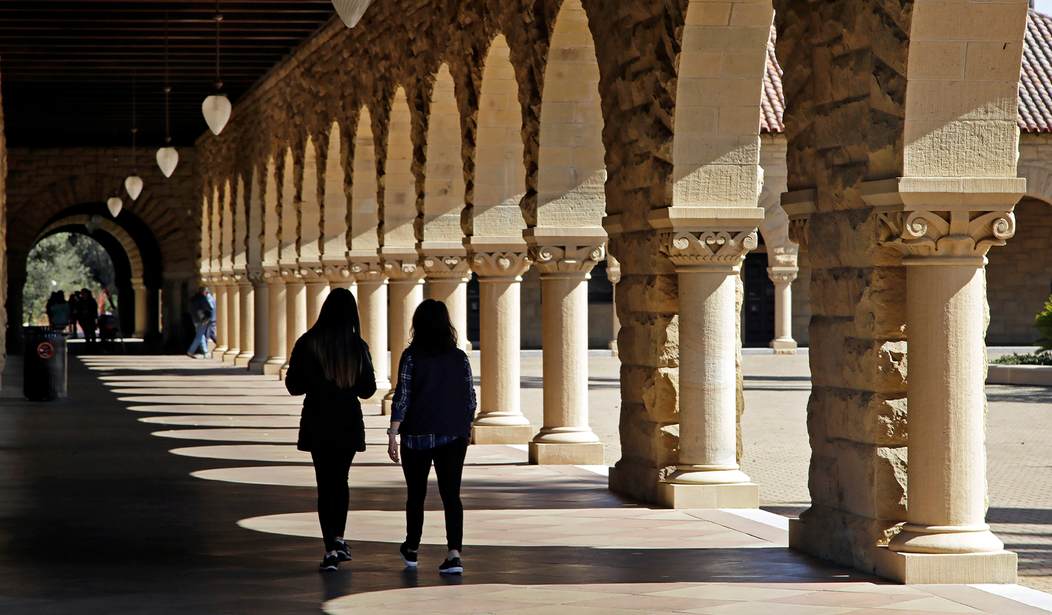The White House launched a new student loan repayment plan on Tuesday, promising to help student loan borrowers make their payments and avoid default.
The new payments will be based on income and family size. The Saving on a Valuable Education (SAVE) program was created after the Supreme Court tossed Biden’s unconstitutional effort to forgive hundreds of billions in student loans.
The SAVE Plan is expected to cost taxpayers $360 billion over the next 10 years. But it’s a modest improvement over the gargantuan boondoggle that Biden proposed last year, which would have cost more than a trillion dollars.
The Pay As You Earn (PAYE) Repayment Plan, which is currently the most popular income-driven repayment (IDR) plan, typically fixes monthly payments on loans to 10% of a borrower’s discretionary income, which is calculated at 150% above the federal poverty rate. The entire loan is forgiven after 20 years of one-time payments.
But the SAVE Plan reduces the monthly payments to just 5% of discretionary income, which it defines as 225% of the federal poverty rate, and the loan is forgiven in just ten years.
“We refuse to go back to those days before the pandemic when nearly a million borrowers defaulted on their loans every single year because they couldn’t afford the payments,” Education Secretary Miguel Cardona said on a press call. “Starting today, borrowers can enroll in the most affordable student loan repayment plan ever available.”
The SAVE program does not deliver debt forgiveness in one fell swoop, as the administration initially sought to do. But millions of borrowers – including those with higher incomes – will see some of their debt forgiven under this plan.
The program will calculate monthly payments based on the borrower’s income and family size. The administration estimates that under SAVE more than a million borrowers will qualify for $0 monthly payments, while the average borrower will save about $1,000 a year. The new plan also seeks to prevent interest from exploding.
No matter how the White House tries to manipulate the numbers, we are left with the moral hazard of taxpayers lending money to students who have no incentive now to ever pay it back. And the reason is purely political. An important voting constituency for the Democrats is getting bailed out of a situation of their own making, for the most part.
“This is a big new loan forgiveness policy, particularly for undergraduates,” says Jason Delisle, who studies higher education at the Urban Institute.
And instead of trying to lower the cost of a college education, the SAVE Plan will remove any constraints that existed on loans.
But the new IDR plan won’t just cost taxpayers an absurd amount of money. It will also make college even more expensive than it already is. In making student loan payments minimal or nonexistent for large swaths of borrowers, colleges will be incentivized to raise their prices, extracting more funding out of the government through loans, all while assuring prospective students that they won’t feel the financial burden of a large student loan balance.
Currently, undergraduate programs are at least somewhat constrained in how much they can charge because of a cap on federal student loan borrowing for undergraduate degrees. However, there is no similar limit on graduate borrowing, meaning that graduate schools can instruct students to borrow virtually infinite sums of money from the government—and encourage them to enroll in a SAVE plan to pay it all off.
Related: College Rip-Off
The student loan elephant has been designed to bail out four-year educational institutions that are becoming more and more irrelevant to the life experiences of young people. And as that reality begins to sink in, adult education will undergo a revolution that leaves only a handful of four-year colleges viable.










